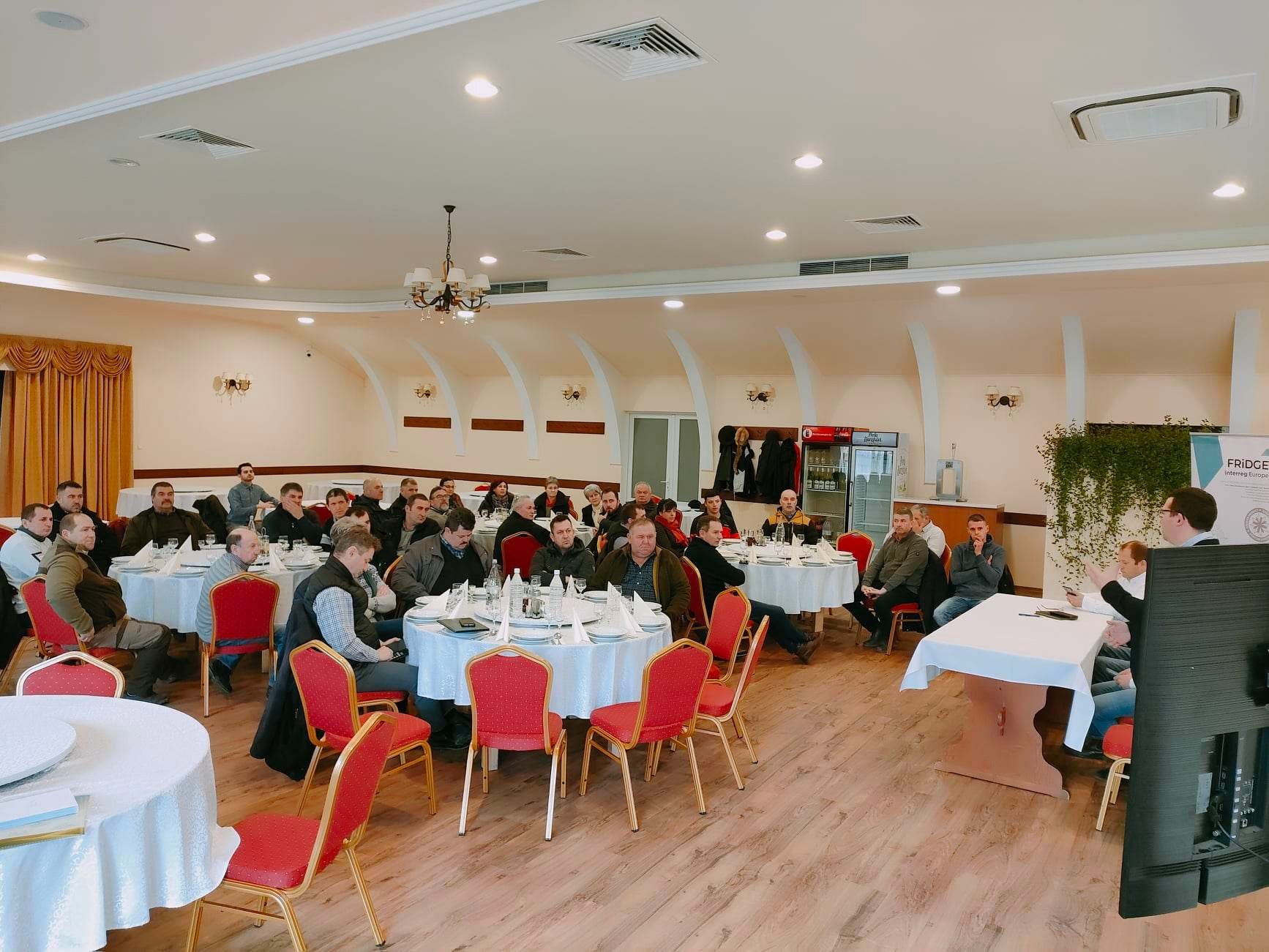During spring 2020 the FRIDGE partners created three studies that analysed the regional food industries in each region. Based on the results from the studies, our partners from Western Macedonia created a comparative examination on the regional policies, territorial needs and the state of the food industries.
The results from the examination lay a good basis for future cooperation and exchange of experience among the partners. In this article we are happy to share you some of the main results.
State of the food industries
The state of the food industries section compares the partner regions in terms of geographical conditions, key figures of regional food industries, food production and product and also marketing and sales channels used.
The report shows that there is quite a lot of geographical variation among the regions with regards to population, area size and climate conditions. In terms of area South Ostrobothnia is for example the largest region (14 000 km2) but has the smallest number of inhabitants with approximately 190 000 inhabitants. East Flanders, on the contrary, is the smallest region in terms of area (3000 km2) but biggest region in terms of population with little over 1,5 million inhabitants.
In all partner regions food production and agriculture play an important role in the regional and some cases also in the national economy. As in whole Europe, majority of companies in the food sector are micro and small enterprises whose products address mainly to local, regional or national markets and need a lot of support to maintain their capacity and grow and reach new markets. Exporting hardly exists among the SMEs in the partner regions.
With regards to variation among the different food industry branches, in the majority of regions there is a wide variety of food products, most of which are local and tradition based, made of quality raw materials and with priority to food safety.
Territorial needs
The territorial needs of the partner regions were grouped in the study in four categories: 1. Socio-economic factors, 2. Finance, 3. Entrepreneurial issues and 4. Research, technology, development and innovations (RTDI).

Socio-economic factors. The study shows that all regions are facing challenges of ageing population and brain drain both of which affects highly on the availability of workforce and especially skilled workforce. In many regions food industry SMEs struggle also with institutional and functional challenges such as bureaucracy, complicated procedures to start a business and a non-stable and unfavorable tax-systems.
Environmental issues and climate change are also considered to be a challenge for food sector SMEs in most of the partner regions as changing climate and weather conditions have great impact on the agricultural food production.
Many partner reports also emphasize the need for local and regional brands that would both ensure the quality and safety of the food products, boost the sales and enhance cooperation between the companies.
Finance. With regards to finance and access to finance many regions emphasise that especially the small food industry companies struggle with applying funding mainly due to lack of knowledge about the funding opportunities and sometimes even lack of management skills. This results to limited access to funding compared to larger companies and eventually in the creation of a greater gap to large SMEs in the sector.
Entrepreneurial issues seem to address a variety of structural needs among the partner regions. The most frequent issue mentioned in the partner reports is the lack of workforce and especially lack of skilled workforce. Many food sector SMEs struggle also to grow due to lack of ambition and general business skills, such as lack of business and strategic planning skills, lack of risk and crisis management structures, lack of training and lack of marketing skills.
In addition, many partner reports address that there is a lack of cooperation culture among the SMEs. There is a need to encourage SMEs to cooperate more with each other and also with external partners.
In most of the regions the exporting rate among the food sector SMEs is very low and here a several issues were found such as lack of export policies, absence of financial support and lack of production capacity.
RDTI. The last category was the level of research, technology, development and innovation in the SMEs. The study shows that the lack of innovation culture and low level of R&D investments are apparent in almost all partner regions and that the use of automatization, robotization, digitalization, ICT and other new technologies is also at a very low level among the SMEs. This said, there is a high need to improve the use of internet as well as new technologies within the SMEs in all partner regions and SMEs should be encouraged to cooperate with the regional RDI support organisations who help them with digital transition.
Read the whole report here.











